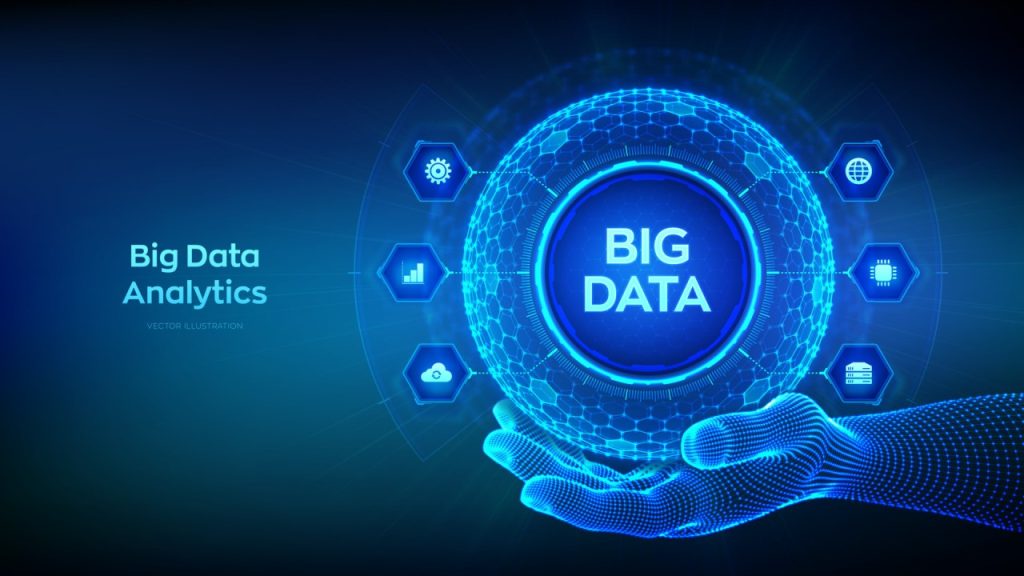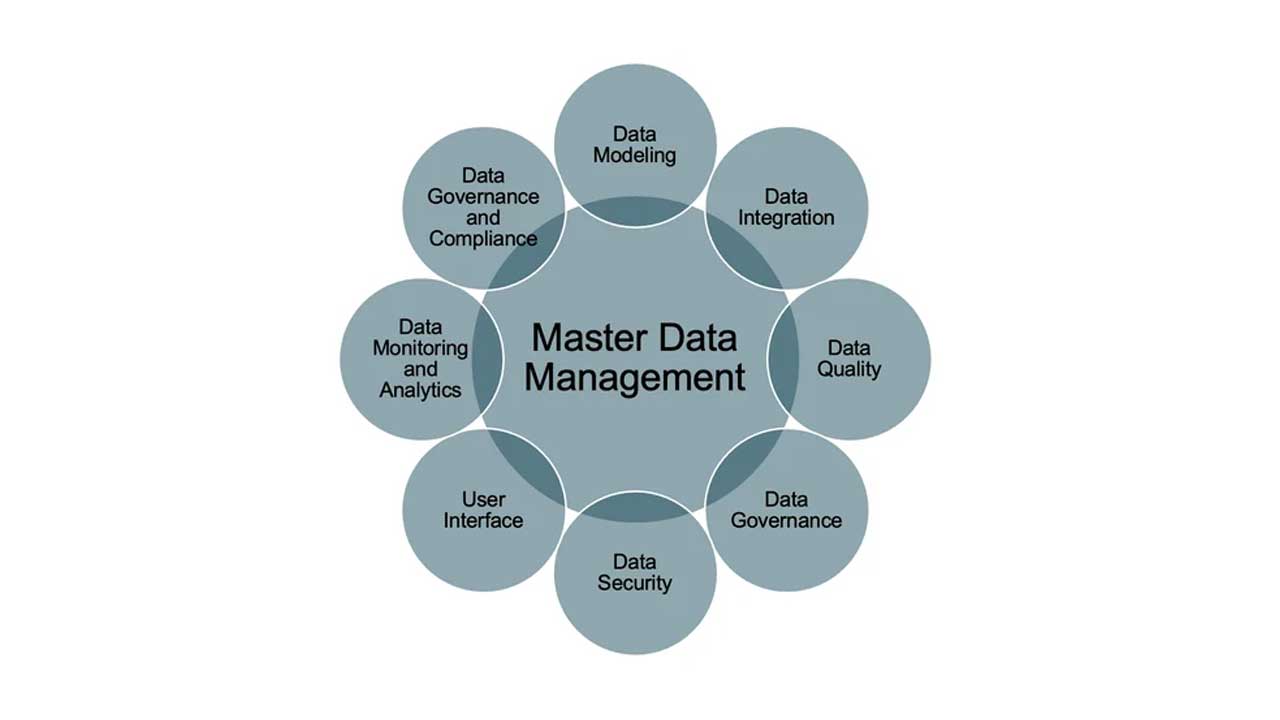Big Data Analytics: Transforming Information into Insights
Introduction to Big Data Analytics
From social media interactions to online transactions and sensor data, the world produces vast amounts of information every second. This deluge of data, known as “big data,” has the potential to provide valuable insights if analyzed correctly. Big data analytics is the process of examining large and varied data sets to uncover hidden patterns, correlations, and other useful information. This article explores the intricacies of big data analytics, its benefits, tools, applications, and challenges.
Understanding Big Data
What is Big Data?
These datasets are characterized by the three Vs: Volume, Velocity, and Variety. Volume refers to the amount of data, velocity to the speed at which data is generated and processed, and variety to the different types of data.
Sources of Big Data
Social Media: Platforms like Facebook, Twitter, and Instagram generate massive amounts of user data.
E-commerce: Online shopping sites track user behavior, purchases, and preferences.
Healthcare: Medical records, imaging data, and genomics contribute to the growing pool of health data.
IoT Devices: Sensors and smart devices collect real-time data on various metrics.
The Process of Big Data Analytics
Data Collection
The first step in big data analytics involves gathering data from multiple sources. This can include structured data (like databases), semi-structured data (like XML files), and unstructured data (like text, images, and videos).
Data Storage
Storing big data requires scalable and efficient storage solutions. Technologies like Hadoop Distributed File System (HDFS) and cloud storage solutions like Amazon S3 are commonly used.
Data Processing
Processing big data involves cleaning, transforming, and organizing the data to make it suitable for analysis. Tools like Apache Spark and Apache Hadoop are popular for handling large-scale data processing.
Data Analysis
Analytical tools and techniques are applied to extract meaningful insights from the processed data.
Data Visualization
The final step is presenting the analyzed data in a visual format that is easy to understand. Visualization tools like Tableau, Power BI, and D3.js help in creating graphs, charts, and dashboards.
Benefits of Big Data Analytics
Enhanced Decision Making
Big data analytics provides organizations with actionable insights, enabling better decision-making processes. Companies can predict market trends, understand customer preferences, and optimize operations.
Improved Customer Experience
By analyzing customer data, businesses can tailor their products and services to meet customer needs, enhancing satisfaction and loyalty.
Increased Efficiency
Big data analytics helps in identifying bottlenecks and inefficiencies in business processes, leading to improved operational efficiency and cost savings.
Innovation and Development
Organizations can leverage big data analytics to drive innovation, develop new products, and improve existing ones based on data-driven insights.
Applications of Big Data Analytics
Healthcare
In healthcare, big data analytics is used for predictive analytics, patient care improvement, and operational efficiency.
Finance
Financial institutions use big data analytics for fraud detection, risk management, and customer segmentation. It helps in identifying suspicious activities and improving customer services.
Retail
Retailers analyze customer behavior, purchase history, and market trends to optimize inventory, improve customer engagement, and enhance sales strategies.
Transportation
Big data force is applied in logistics and transportation to optimize routes, manage fleets, and improve delivery times.
Manufacturing
In manufacturing, big data logic aids in predictive maintenance, quality control, and supply chain optimization.
Challenges in Big Data Analytics
Data Privacy and Security
Handling vast amounts of sensitive data poses significant privacy and security challenges. Organizations must ensure robust data protection measures.
Data Quality
Ensuring the accuracy and consistency of data is crucial for reliable analytics.
Skilled Workforce
There is a growing demand for skilled professionals who can handle big data tools and techniques. The shortage of qualified personnel is a significant challenge.
Integration
Integrating data from multiple sources and formats can be complex and time-consuming.
Conclusion
Big data analytics is a powerful tool that can transform raw data into valuable insights, driving better decision-making, enhancing customer experiences, and fostering innovation. While it comes with challenges, the benefits far outweigh the difficulties, making it an essential component of modern business strategy.
FAQs
What is the difference between big data and traditional data?
Big data features large volumes, high velocity, and diverse data types, making it more complex to manage and analyze compared to traditional data.
Which industries benefit the most from big data analytics?
Industries like healthcare, finance, retail, transportation, and manufacturing see significant benefits from big data analytics through improved efficiency, customer insights, and innovation.
What are the common tools used for big data analytics?
Common tools include Hadoop, Spark, Tableau, Power BI, and various machine learning libraries like TensorFlow and Scikit-learn.
How does big data analytics improve decision-making?
By providing comprehensive insights into trends, patterns, and customer behaviors, big data analytics helps organizations make informed and strategic decisions.
What are the main challenges in big data analytics?
The primary challenges include data privacy and security, data quality, a shortage of skilled professionals, and the complexity of data integration.









